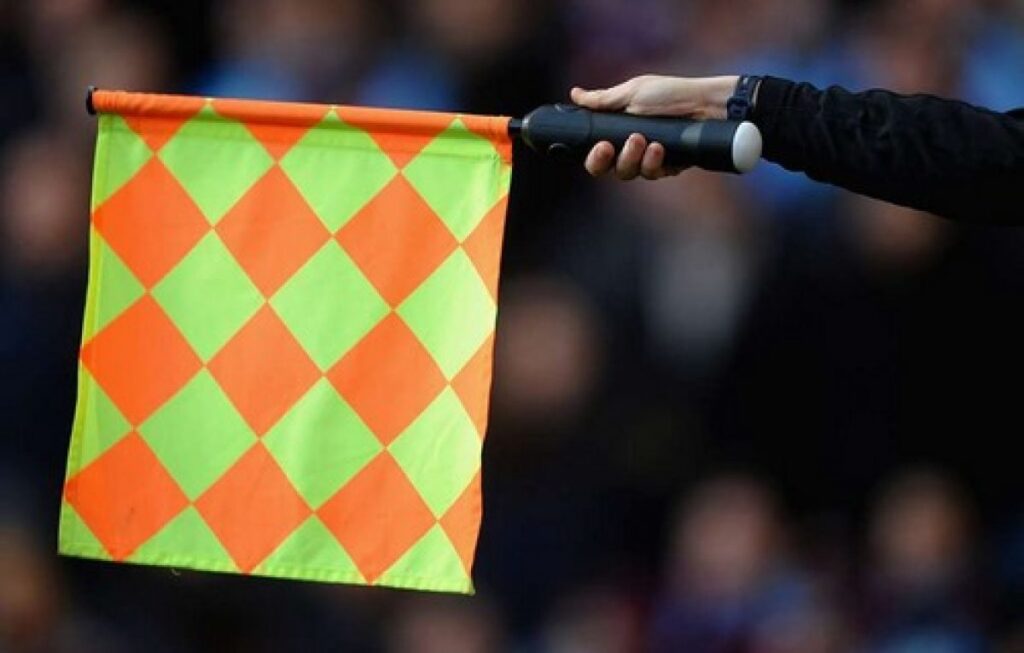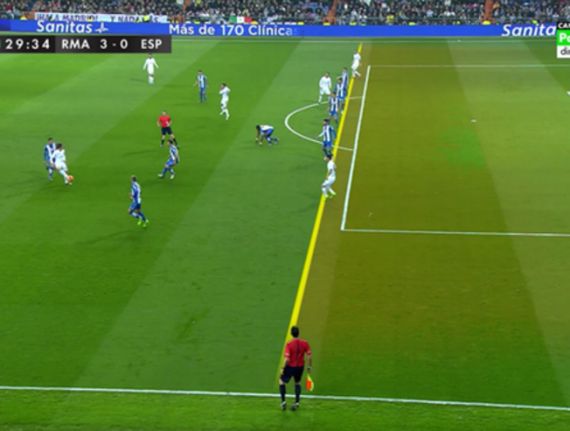Off Side Betting Lerning in Melbet
With the popularization and expansion of betting sites, the prediction of sports matches, especially betting on football sports, has attracted a lot of fans. Every user in reputable betting sites can earn good income by planning and observing the important betting points and with correct predictions. One of the most important criteria for succeeding in football betting is financial management of capital. If this is your first time entering the betting world, start with a small amount so that you do not lose a lot of money in the event of a loss. Beginners and novices are better off betting on fewer games. Because the more teams there are, the more focus and accuracy they need, and the more they fail, the more they will suffer. Another issue that plays an important role in the success of football betting is the use of an appropriate strategy. Hoping for luck and not using strategy will never guarantee the success of betting players. As you know, in online football betting, in addition to predicting the outcome of the match, it is possible to bet on 300 other options such as number of errors, number of goals, minutes scored, corner, offside, etc. Offside betting may seem hard at first glance, but if you can do it well, you will reap significant benefits. In this article, we intend to mention the history of the law of betting, how to implement the offside law, the purpose of the offside law, offside betting training and types of offsides in football competitions.
1- History of the origin of offside law in football
The history of offside law dates back to nineteenth-century English private school football competitions. The offside rule was very strict at the time, so that in some matches it was considered off his side if a player was in front of the ball. In fact, none of the players should be between the opponent’s goal and the ball. The offside rule at the time was similar to the offside rule in rugby. Prior to the invention of the offside rule in football, between 1857 and 1877 at a football tournament in Sheffield, several well-known goal-scoring players stood in front of a rival’s goal throughout the entire minutes of the game, waiting for assists from The other side was the players. Over time, with the development of football in the 1860s and 1870s, offside law became a problem among football clubs.
Football clubs initially barred the law from being passed, but eventually all of them, including Sheffield, waived their finishers and accepted the offside rule. The Football Association has approved a new and official offside rule by changing the Cambridge club’s offer and reducing the number of defenders from four to three. This law lasted until 1925. In 1925 the number of defenders was reduced from three to two, the number of goals scored in the English Football Club League increased with the implementation of the new law. In the new season the number of goals was 6373 goals, while in the previous season the number of goals was 4700 goals.
The offside rule continued to change, and in 1987 football officials decided not to consider the offside rule when taking free kicks. This rule was not successful at all because the players of the opposing team could easily stand in front of the goalkeeper when they hit a free kick, gathering in the penalty area. Finally, in 1990, the offside law was amended again. In the latest offside rule, if the attacking player is in line with the opponent’s last defender, he is not offside, but if the attacking player is ahead of the defender and close to the opponent’s goal when receiving the ball, he is offside. The law was enacted with the aim of making football matches more aggressive and faster.
2- How to implement the offside law
One of the most important and influential rules in the process of football matches is the offside rule. In football, when a player is offside, he is temporarily not allowed to continue playing. This rule is used in order to make the match fair and increase the order of the game. To get acquainted with the concept of offside, you must not forget that when a player steps on the ball to pass to his teammate and that player is ahead of the last defender of the rival team and is close to their goal, he is offside. Has been caught . The simpler definition of offside is that the attacking player is ahead of the last defender of the opposing team. If the attacking player intentionally or unintentionally disobeys the offside rule, he commits an offside error and the game is stopped by raising the flag of the assistant referees as a sign of offside, and the ball is placed in the hands of the opposing team to continue the match.
3- The purpose of the offside law
If there was no offside rule in football matches, attacking players could easily be at the closest distance to the rival team’s goal and wait for an assist. In this case, the number of lucky flowers would increase without any effort. Imagine a player constantly standing next to an opponent’s goal, scoring in a row with long crosses sent to him by teammates. Watching this match is not fun and exciting. The offside law prevents disorder and chaos in football matches. Players are played in all parts of the field and we will see a better game. Another positive point of the offside rule is that the defending players have more freedom of action and it is possible for them to get away from the goal. Keep in mind that offside detection is not that easy. The assistant referee must concentrate all his attention and the whole attacking body must be in front of the defending body to include offside. If offside is suspected, the final decision will be announced by the referee by reviewing the film and reviewing the film.
4- Offside betting training
As mentioned on reputable betting sites, players are free to choose their football betting options and can bet on over 300 items, making offside betting one of the most popular types of football betting. Users can bet on the number of offsides in the first half, second half or both halves separately. Before participating in offside betting, you should be familiar with the three important principles of offside.
The first principle is the offside position. If part of the attacking body is in front of the last defender when hitting the ball. In this case, the attacker is in an offside position
The second principle is offside error. You need to know that putting the player in the offside position is not a mistake. There are only three cases in which offside is considered an error. These three modes are: When a player can benefit the team by gaining the ball, change the course of the game and disturb the opposing players .
The third principle is the offside penalty. According to the Thirteen Football Rules, after announcing an offside foul, the referee considers an indirect free kick in favor of the opposing team. This shot is fired exactly where the player is in the offside position. There is another rule in football according to which it is not taken offside in three cases. These situations include corner kicks, out shots and goal kicks.
Offense is not taken offside if the attacking player is in line with one or two of the opposing team’s defenders. This is one of the most important things you should pay attention to in the offside betting training section in football prediction to succeed when playing in betting apps or sites.
5- Types of offsides in football competitions
Recognizing offside types is one of the complexities of a football game, and the refereeing team has a very heavy responsibility because the slightest mistake in recognizing offside has a direct impact on the outcome of the game and can change the fate of the game as a whole. Offside rules and in general all football rules are updated every few years. The last change in the offside rules was in 2005. The International Football Board’s amendments to the offside rules were passed in such a way that the player was close to the opponent’s goal, meaning that every part of the attacking player’s legs, head, arms and body was close to the goal and the opposing defender was close to the goal. In football matches, the offside announcement is made by the assistant referees’ flag and the referee’s whistle.
In this article, we tried to acquaint those interested in offside betting with the history of the origin of offside law in football, how the offside law was implemented, the purpose of the offside law, offside betting training and types of offside in football competitions. By predicting the number of offsides in football matches, you can make a good profit on betting sites. We hope you find the tips in this article useful.















